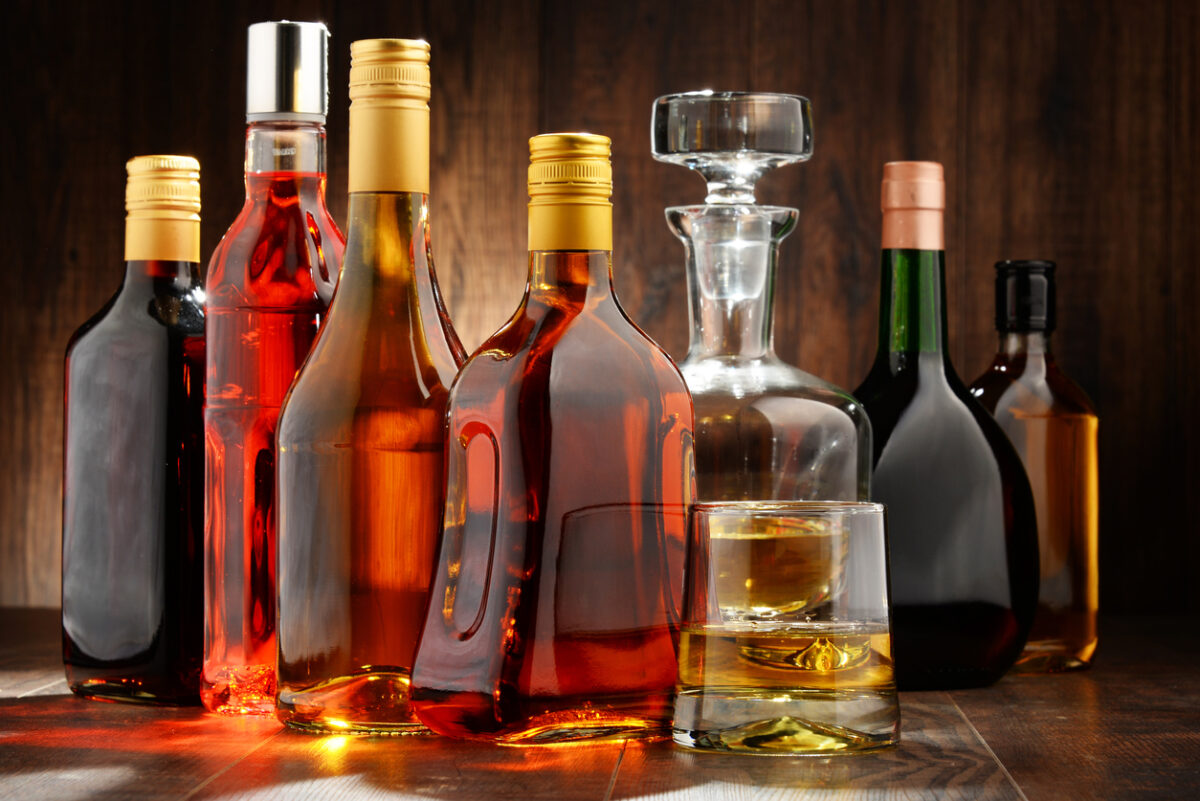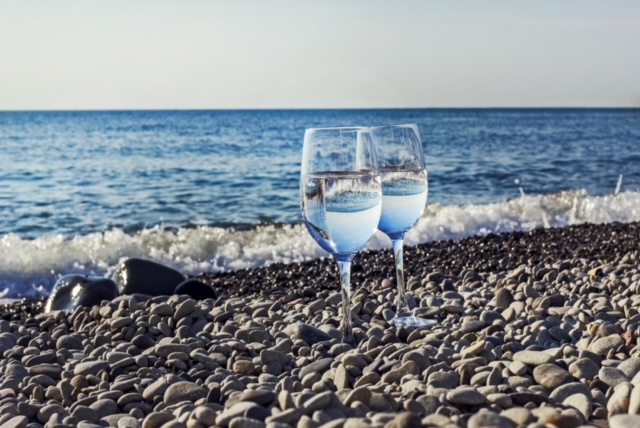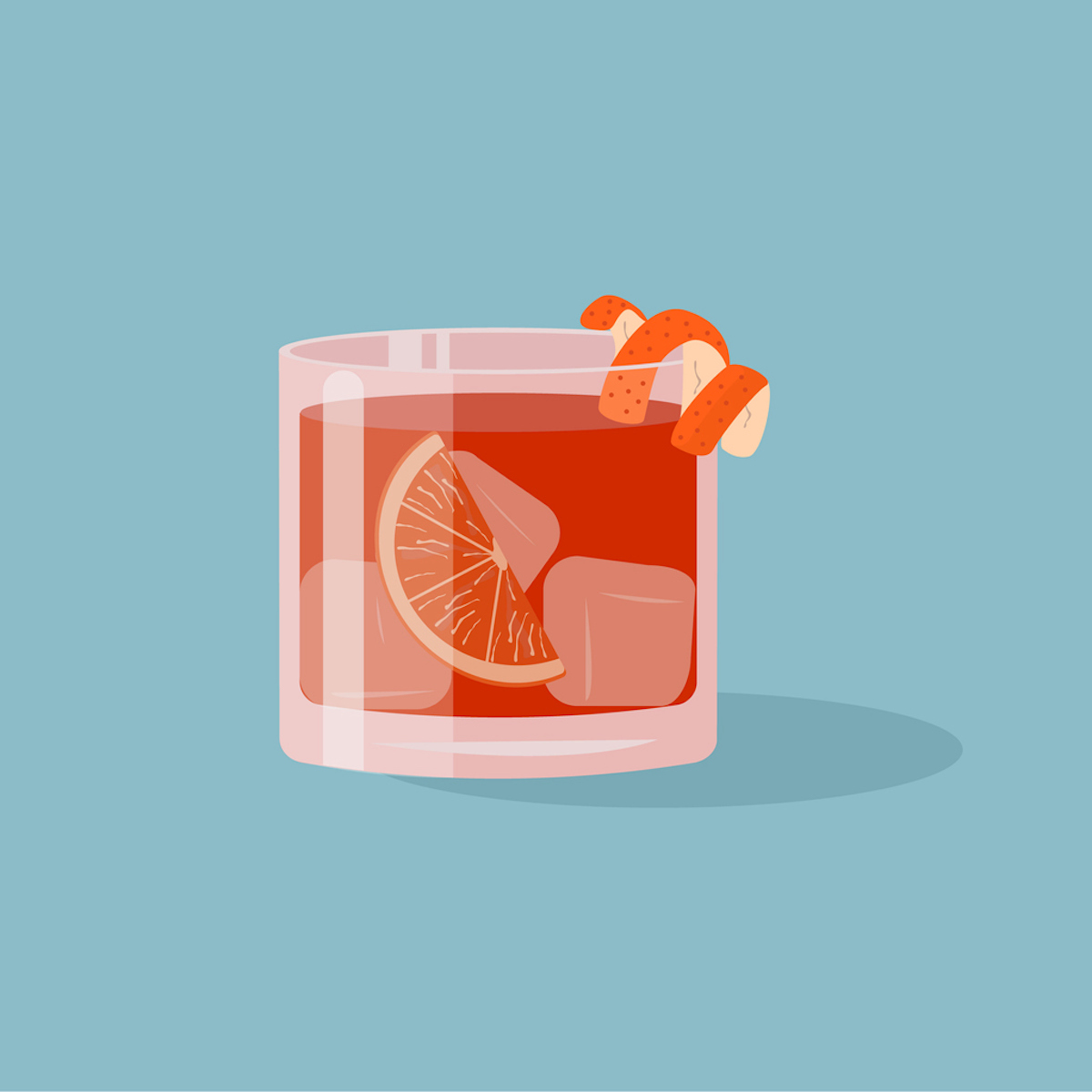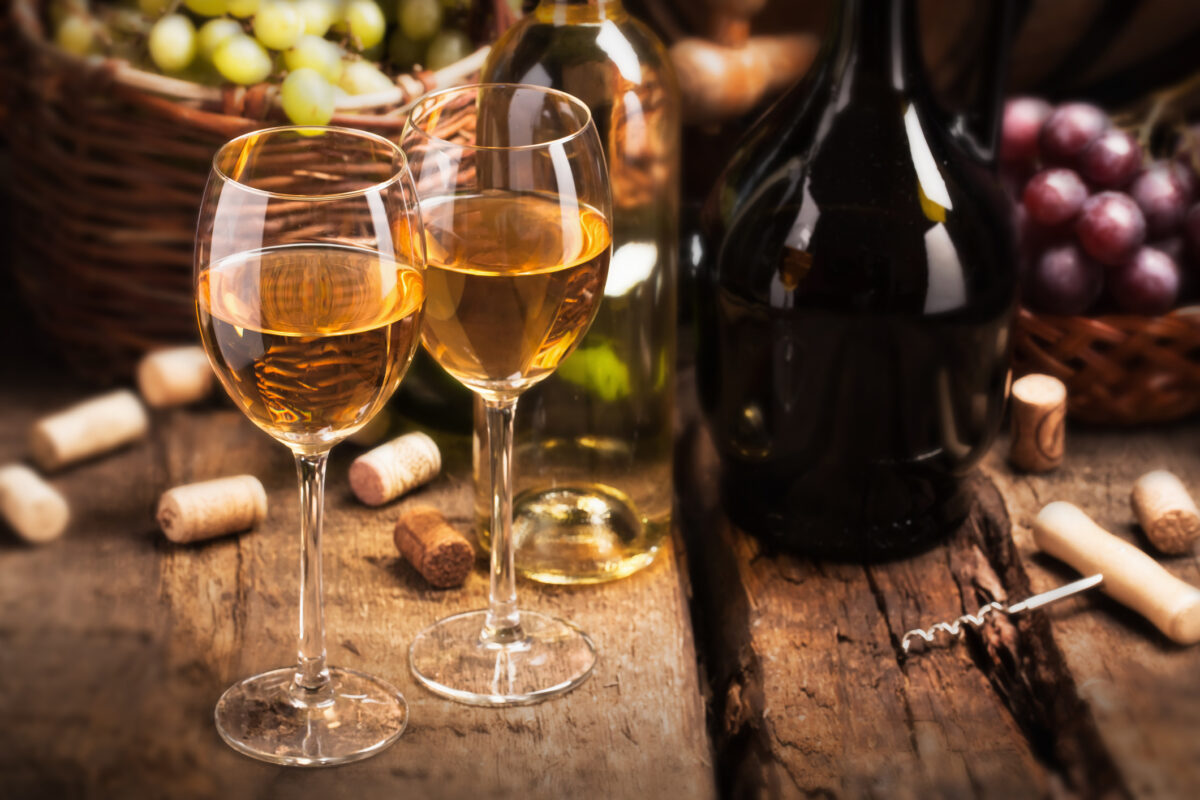Sober fun: the history and rise of low and no alcohol drinks and social clubs

A decade ago, uttering the phrase: ‘I’m not drinking tonight’ at any social event would almost certainly deliver a response of crinkled noses, disappointed sighs and maybe even the occasional shocked laugh. An alcoholic drink was a symbol of a good time, for winding down after a stressful day, a drink for everyone. At least, that’s what the drink industry conditioned consumers to think for years, whether it be through the lack of suitable non-alcoholic options on the market or its advertising.
Take ‘The Entrance’ Heineken advert from 2010 for instance, where the beer is depicted as the favourite drink of the suave, handsome man who is the life of the party and can tackle any obstacle coming his way. Or the 2017 Corona Extra clip, where the drink is a symbol of relaxation, fun parties, and getting together with friends.
Marketing towards non-alcoholic drinks in comparison, was barely heard of at this stage. “Adult non-alcoholic as a category was not marketed at all in the very early days and was only available for kids or anyone that could not drink, say for recovery purposes”, says Bill Gamelli, founder of the alcohol-free bottled cocktail brand Mocktails.
This isn’t to say that low or non-alcoholic drinks didn’t exist. Some low/no alcohol booze was consumed as far back as the Middle Ages. Small beer is probably one of the first most popular low-alcohol beverages on the market around this period. The drink was a common dinner accompaniment not only for adults, but for children too. It was believed to have a high enough level of alcohol to kill off bacteria, making it safer to consume than water, which wasn’t filtered in the same way it is today.
Low-alcohol beer was brewed for the first time on a large scale during the American Temperance movement, when there was a temporary Wartime Prohibition Act introduced in 1918, followed by the National Prohibition Act, which came into force in 1920 and wasn’t abolished until 1933. During the Temperance movement, it was illegal to trade any alcohol that had an ABV level of over 0.5%, leaving brewers with little choice but to reinvent their beers into what at the time was a lacklustre and less flavourful version of alcoholic beers.
With regards to low and no alcohol spirit alternatives, not only was there a lack of variety decades ago, but there were also very few drinks available to consumers that weren’t packed with sugar. “If anything, the way of making ‘mocktails’ was such an afterthought for so long that the word has had a bad rap because it really was a sugar bomb of super sweet soda, purees and syrups combined” , says Gamelli. The idea of an alcohol-free cocktail first came about with the Shirley Temple in the 1930s, a combination of ginger ale, grenadine and a sweet, preserved maraschino cherry. The drink however wasn’t meant for adults, it was traditionally served to children who were eating out with their parents. “The concept of a non-alcoholic spirit was literally considered an oxymoron and not really possible for a long time. When it comes to craft adult and credible products, it’s a very recent phenomenon” Gamelli adds.
How has the market changed?
The past few years have seen a dramatic shift in innovation in the low/no-alcohol sector due to a significant increase in demand for alternatives to alcoholic beverages. According to research published in 2021 by the IWSR Drinks Market Analysis, the total record of sales of no/low-alcohol drinks is now predicted to grow by over 31% by 2024, and the market currently holds a 3.5% volume share of the entire alcohol industry. Germany, Spain, and the US are driving growth in the market the most, with South Africa also predicted to see the largest compound annual growth rate (CAGR) from 2020 to 2024 of 16%. In the UK the market is expected to grow at a volume CAGR of over 6% between 2021 and 2025, according to the IWSR.
One reason consumers need better alternatives to alcohol is to help those who have been unhealthily relying on it, especially during the pandemic when there has been a surge in dangerous levels of drinking. A recent study published in PLOS ONE by Newcastle University shows the heaviest drinkers of alcohol in the UK bought 17 times more than other consumers during the first lockdown period of March to July 2020. The majority of these consumers also lived in some of the most deprived areas in the UK. Data from the Office for Health Improvement and Disparities collected towards the end of 2021 also revealed that eight million people in England alone were drinking levels of wine, beer and spirits that could negatively impact their health. This is a much larger figure than what was recorded pre-pandemic in February 2020 when six million drank this amount, according to YouGov surveys from this period.
With many consumers having experienced the negative impact of alcohol over the past couple of years, recent IWSR analysis shows most adults worldwide (58%) are looking to moderate their drinking. In the UK, the number of adult consumers turning away from alcohol is also at a record high says Laura Willoughby, founder of the Mindful Drinking Movement, Club Soda: “Half of UK adults, (49%), are either not drinking any alcohol or are planning to cut down soon – a potential market of 25 million people.”
While many people have started drinking more, there has also been an increase in consumers looking to steer away from alcohol during the pandemic, as more people become aware of their health. This lifestyle change however has been in motion for several years says Willoughby: “People were already beginning to drink more mindfully and it is continuing to accelerate – especially since Covid. The number one reason people cite for change is their mental health.”
Another explanation for growth in the sector is the surge in younger generations choosing to opt for non-alcoholic options. Research released by the IWSR on the alcohol industry trends that would impact 2022 states that while 36% of the British boomer generation will substitute alcoholic drinks with low and no-alcohol options, 46% of Gen Z who are of legal drinking age and 41% of Millennials will swap. In the UK these two age groups are also more likely to drink both alcoholic and non-alcoholic drinks on a night out (20% of Gen Z and 23% of Millennials.) Recent studies have also found the decline in drinking alcoholic drinks in younger generations is unlikely to change in the future in most high-income countries. According to the research, younger people are likely to continue drinking moderately into adulthood.
While the low and no alcohol trend is predicted to take off in the Western world, another region which holds opportunities for this sector is the Middle East, where alcohol is banned in many countries including Saudi Arabia, Kuwait, and Iran. In 2019, Saudi Arabia was recorded to have the sixth largest global market for alcohol-free beer consumption. The IWSR has predicted volume consumption to grow by around 20% between 2019 and 2024.
If companies are looking to target their products to the Middle Eastern market, the IWSR says they will have to bear in mind that consumers will “need to be converted from different categories” than what is available in the West. They will have to compete with established soft drinks and potentially hot drink products as opposed to the alcohol category. The already popular 0% ABV and malted beverage markets will also need to be considered, the latter in particular has been sold in the region for several decades.
What are the best booze free drinks?
As the demand from consumers grows, so does the quality and imagination behind low and no-alcoholic beverages. Real change in the non-alcoholic sector started to arise in 2011 in the US, when Gamelli founded the brand Mocktails with Mark Guthrie and Jim Dowla. “All those years ago in the US, no one had ever heard of a ‘mocktail’, literally 99.9% of everyone we met on our journey would ask ‘what’s that?’. We all say it now as if it has always been the term because it has become so known around the world. We think we have had a lot to do with making the term so well known,” says Gamelli.
In what is a huge improvement on the sugar-high of the Shirley Temple, Mocktails have 25% less sugar than the amount contained in previous non-alcoholic cocktails. “The type of sugar (or sweetener) used is just as important of a conversation.” adds Gamelli. “Particularly in the US, the cocktail mixer made margarita for instance could have 50-80 grams of sugar per drink with guests often drinking three or more in a dinner or party. Some juices contain up to 59 grams of sugar per serving.”
In the UK, innovation really took off with Big Drop in 2016, a company focused purely on creating low-alcohol beers, with many big names in the global beer industry such as Carlsberg, Stella Artois, Guinness and Heineken launching their own 0.0% brews within the past five years as well. Beer and cider are currently the most popular low and no-alcohol category, holding a 75% volume share according to IWSR findings. Non-alcoholic beer specifically is predicted to grow at over 11% CAGR between 2021 and 2025. The research also concludes that alcohol-free ready-to-drink products and no-alcohol spirits will see over 14% CAGR volume growth.
Low and no-alcohol developments in the British spirits industry began to develop in 2014 when Ben Branson founded Seedlip, which is now one of the country’s most successful non-alcoholic botanical spirits. It contains distilled herbs to give a flavourful profile that can be enjoyed with a tonic.
Innovation in the sector however has truly boomed within the past couple of years, especially in the UK with independent brands developing a range of craft alternatives that can be just as, or even more enjoyable than what alcoholic drinks provide. The alcohol-free spirit Caleño for instance, now stocked by several major retailers like Sainsbury’s and Tesco, is an adaptable base that can be used to create a variety of light, fruity, or spicy cocktails. Other alternatives to spirits like rum, tequila and whisky have also become popular and have been relatively untapped in comparison to gin substitutes. Some new alternatives include DECEM’s 10% ABV Spiced Blend, an invention from Masterchef finalist Billy Wright. Other popular brands are Lyre’s non-alcoholic American Malt, and Spiced Cane spirits as well as its Agave Blanco and Agave Reserva spirits. Crossip has also become favoured since its launch in 2020 for its three unique non-alcoholic spirits, which include the refreshing Fresh Citrus, the bold, smoky Dandy Smoke and the bitter Pure Hibiscus. The drinks are now stocked in popular restaurants across London such as SushiSamba, Sticks n’ Sushi, The Savoy, Dishoom, and in English chef and TV presenter Delia Smith’s restaurant Delia’s in Norwich.
Non-alcoholic wines have also started to appear on the scene, says Willoughby. “Technology has improved and some pioneers like Oddbird, Noughty, Wildlife and Alt have worked hard to get the flavour profile right and it’s beginning to show in sales.” Other alternatives are also emerging on the market for wine lovers: “It is incredibly important not to see the wine occasion category as just wines. Sparkling Blue Tea and Real Kombucha have shown that other products pair well with food.”
More recently established brands in the low and no-alcohol wine market include Sprigster Fizz and Bolle – both alternatives to sparkling wines and champagnes. Produced locally at Pythouse Kitchen Garden in Wiltshire, Sprigster Fizz is made from a mixture of English hops, rhubarb, ginger, fennel seeds, along with a gooseberry reduction and local carbonated spring water. Bolle has been produced by scientist and oenologist Roberto Vanin using his fermentation technology, Zero Gradi. Vanin says of the product: “For too long wine unlike small batch beer has been weighed down by suffocating snobbery and elitism, which has historically stifled category experimentation (low calorie, low sulphur, organic…). Bolle we believe offers the depth of character and enlightened flavour notes to spark a wider appreciation of sparkling wine.”
Many young brands in this sector are also seeking to bring an element of functionality to their drinks, to deliver an added value to consumers. In a recent Table Talk podcast episode, co-founder of Three Spirits Dash Lilley defines functional ingredients as “anything that has a physiological effect. That might be to do with immunity, it might be to do with energy, it might be to do with stress, or relaxation.”
Three Spirit is well known for its trio of non-alcoholic drinks – The Livener, Social Elixir, and Nightcap – which are full of active plants, adaptogens and nootropics. The brand has also recently released a selection of non-alcoholic wines called Blurred Vines, which comes in two varieties: Spark and Sharp, one sparkling and one still. The products are branded as ‘functional wines’, as both bottles include the same active ingredients as the brand’s other drinks, as well as essential amino acids. The wines are made from locally sourced apricots and unusual yeasts and have been developed by plant scientists and winemakers from the London-based winery London Cru.
Several other brands on the market are also making use of functional ingredients. Functn for instance, is a beer brewed to 0.4% using apoptogenic functional mushrooms, which can improve performance in the brain and the gut. Ikó Yerba Mate is another example, a sparkling maté tea-based energy drink, made without the high sugar content of a Red Bull and with natural caffeine.
However, functionality is still something the consumer needs to be educated on, David Begg founder of Real Kombucha notes on Table Talk: “I think it’s a tough thing for most consumers to understand … We are concerned about the assumption that you can take a shot of something and that will solve all ills. In the kombucha world, kombucha is recognised as supporting gut health. Many of the mechanisms by which that works in the body are not fully understood. We believe there are health benefits to fermented foods … but we don’t know the mechanisms for it, therefore we don’t talk about it, we don’t communicate that on the bottle.”
Instead of marketing the product solely for its health functions, no and low-alcohol drinks need to be valued by consumers as drinks that can help to deliver similar experiences that alcohol can. The joy of drinking, Begg says, involves “being in the moment, it’s not being in the rat race and that speed, you’re taking time for yourself in that process. That part of it doesn’t need to be alcohol, but what it does need to be is something that has a beautiful form in the bottle, it has to have a theatre of serve; it has to be served in a beautiful glass, and it has to have a complexity and a sophistication in the nose and the flavour for it to represent in the same way what you’re used to in alcoholic drinks.”
What is the future for low and no alcohol?
Recent statistics from Alcohol Change UK reveal an estimated 7.9M people in the UK alone were going to quit drinking alcohol for January 2022, which is 22% more people than in 2021. Tesco alone reported that UK sales increased by 30% for low/no-alcohol beer and by 40% for sparkling wine alternatives at the start of 2022 in comparison to the previous year, showing more people were trying to limit their consumption of alcohol after the Christmas holidays. The success of the low and no-alcohol sector isn’t just for Dry January though. It’s needed by consumers and is here to stay, and this is expected to soon be recognised by hospitality and retail. “Adult Non-Alcoholic ranges are in their infancy now, but is it only a matter of time before the trade realises that they are not serving somewhere between a quarter and a third of their guests what they really want, which is a choice to moderate, without giving up quality,” says Gamelli.
As the world becomes more accustomed to moderating drinking and having sober fun, the social aspect for non-drinkers has vastly improved, with more sobriety clubs popping up now than ever. Big names include the US-based Sober Black Girls Club, a space for sober-curious black women, and British club One Year No Beer, which challenges members give up drinking for 28, 90 or 365 days. One of the most successful organisations in the UK over the past few years has been Club Soda, an alcohol-free community founded by Willoughby in 2014. Since then, the company has run seven Mindful Drinking festivals and has also launched their own alcohol-free off-license on Great Portland Street in Central London, which was so popular its closing date was extended by two months. Willoughby hopes to eventually increase the number of pop-ups around the country, as well as turn the off-license into a permanent fixture.
The long-established history and love of alcoholic drinks is not about to disappear. But as the demand for similar drinking experiences which don’t take a toll on people’s health increases, and brands seek to fill the gap in the market, an alcohol-free night no longer needs to be lacklustre or involve a sugar high. The choice for those who substitute alcohol for low and no, for those who mix the two, or for teetotallers is at its prime, and innovation in the sector is predicted to only get better.









